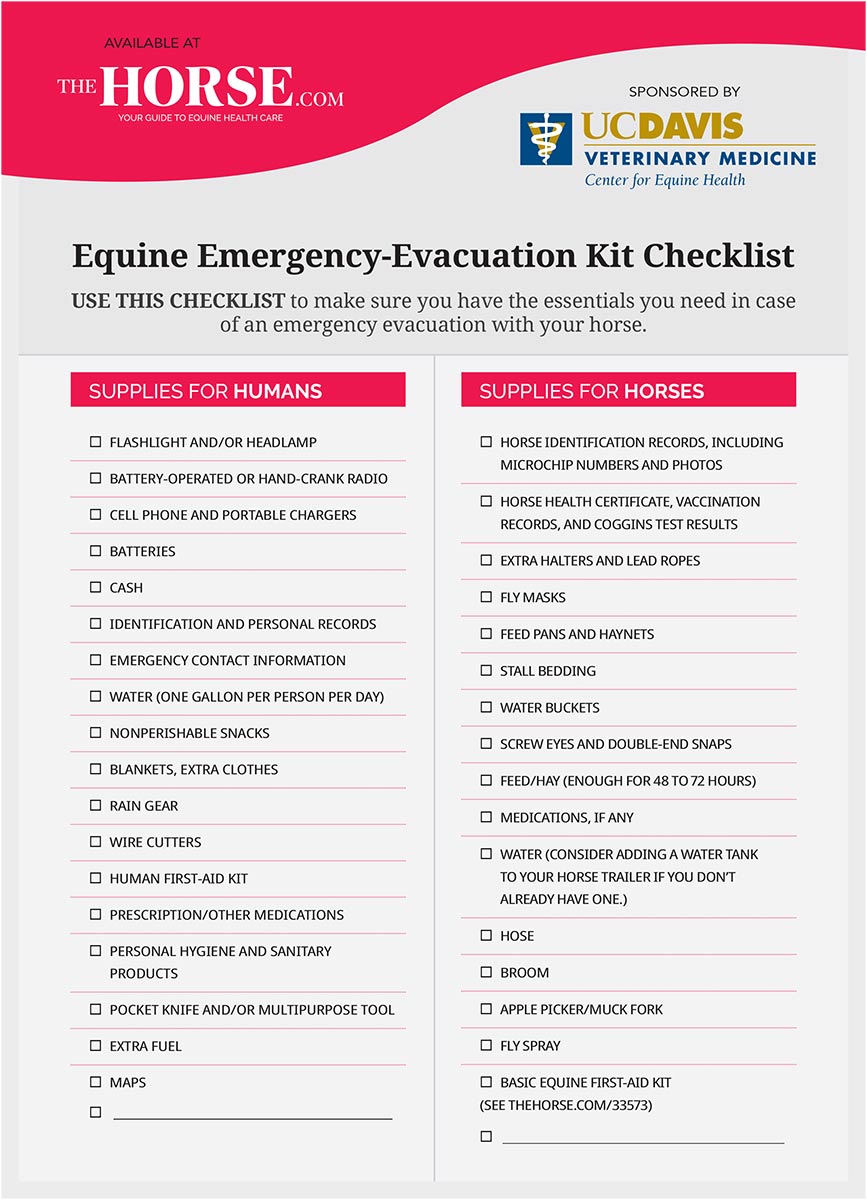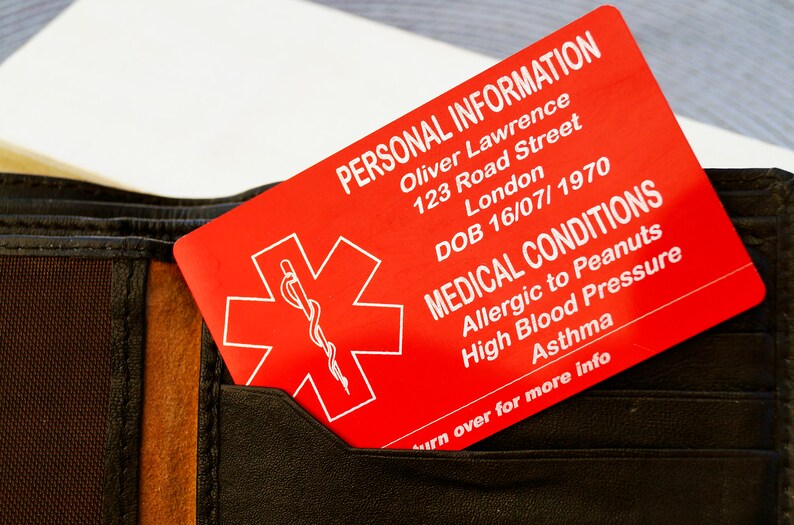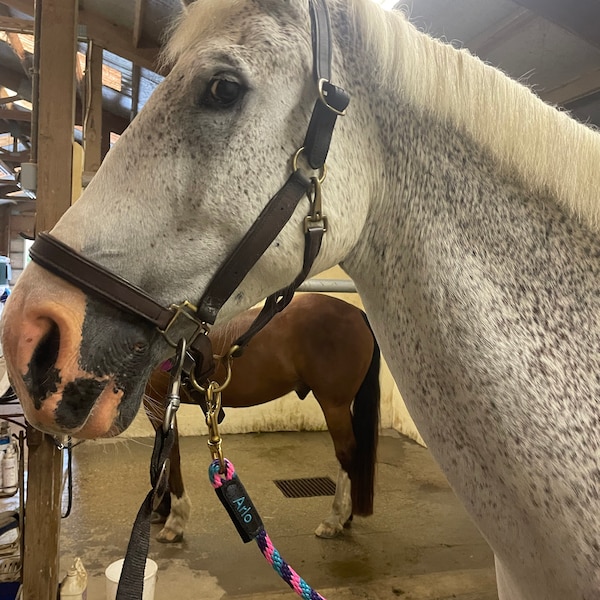Emergency Contact Lists: Who to Call When Your Horse Needs Help

When it comes to horse care, emergencies can happen unexpectedly. Having a well-prepared emergency contact list is essential for every horse owner to ensure quick and effective responses when your horse needs help. This article will guide you through creating a detailed, SEO-friendly emergency contact list, including who to call, when to call them, and how to organize this vital information.
Why You Need an Emergency Contact List for Your Horse

Emergencies such as injuries, sudden illnesses, or accidents require immediate action. A prepared contact list saves precious time and reduces stress during these critical moments. It ensures you have all necessary numbers at your fingertips, from veterinarians to farriers and emergency services.
Key Contacts to Include in Your Emergency List
| Contact Type | Role and Importance | When to Call |
|---|---|---|
| Veterinarian | Provides medical care and emergency treatment | Immediately if your horse is injured or ill |
| Farrier | Handles hoof care and emergencies related to hooves | If your horse has a hoof injury or lameness |
| Emergency Services | Local animal control or rescue teams | In case of accidents, escapes, or dangerous situations |
| Barn Manager/Trainer | Knows your horse’s routine and behavior | For immediate assistance or advice on handling |
| Insurance Provider | Manages claims and coverage details | When you need to report an incident or claim |
| Neighbor or Friend | Can provide immediate help or transport | If you are unavailable or need urgent assistance |
How to Organize Your Emergency Contact List
- Digital and Physical Copies: Keep a printed copy in your barn and a digital version on your phone.
- Clear Labels: Use headings and categories for quick reference.
- Update Regularly: Review and update contacts every 6 months or after any changes.
- Include Additional Info: Add addresses, office hours, and alternative contacts.
Tips for Using Your Emergency Contact List Effectively
- Share the list with anyone who cares for your horse.
- Practice emergency drills to familiarize everyone with the process.
- Keep a first aid kit accessible alongside the contact list.
Frequently Asked Questions (FAQ)
Q1: What if I don’t have a regular veterinarian?
A: Research and establish a relationship with a local equine vet before emergencies arise.
Q2: How often should I update my emergency contact list?
A: At least twice a year or whenever there are changes in contacts or services.
Q3: Should I include emergency numbers for poison control or toxic plants?
A: Yes, including specialized contacts like poison control can be lifesaving.
Q4: Can I share my emergency contact list with my horse’s trainer?
A: Absolutely, sharing ensures quicker response times and better care.
Having a comprehensive emergency contact list is a crucial part of responsible horse ownership. By preparing in advance, you can ensure your horse receives the best possible care when it matters most.
